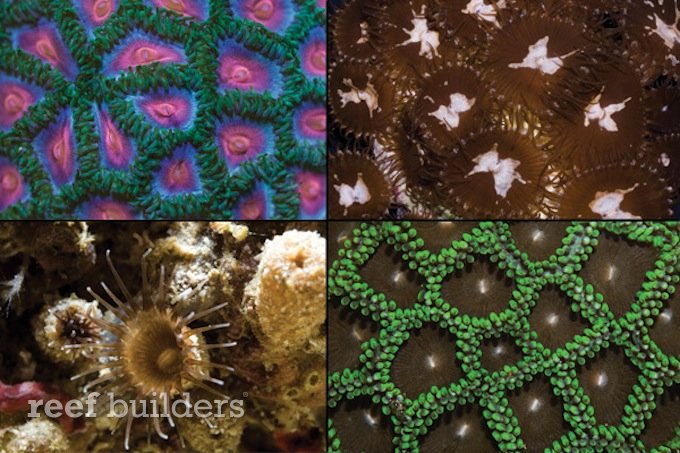New species of zoanthids aren’t described all that often, but it turns out that we should be paying more attention to this understudied group of reef animals. One of the four new zoanthid species described from southern Florida, a Palythoa species, has been discovered to synthesize one of the highest concentrations of Palytoxin known to date.
It has long been common knowledge that many different corals produce bioactive compounds with pharmaceutical properties, many soft corals of the Sinularia and Sarcophyton genera have long been the subject of intense research in this field. We already know that Palytoxin is really dangerous to human health but now it turns out that this unique chemical has exceptional anti-cancer properties as well.

Recently, French coral crusaders Coral Biome was awarded a patent for an extraction method of Palytoxin and in its application to treating cancer cells. While our current state of chemical synthesis is quite advanced, Palytoxin turns out to be extremely difficult to synthesize in the lab and its study will depend on obtaining natural Palytoxin from zoanthids like the highly potent Palythoa from South Florida.
This is extremely good news for marine life, as it adds yet another layer of reasoning for protecting the marine environment, under the face of all the pressures we place in this global ecosystem. Better yet, we are extremely proud that this discovery stems from the exploration curiosity of fellow marine aquarists at Coral Morphologic and with so many different types of zoanthids in the ocean, the next medically-important polyp could already be growing in your very own reef tank. [CoreMore]




